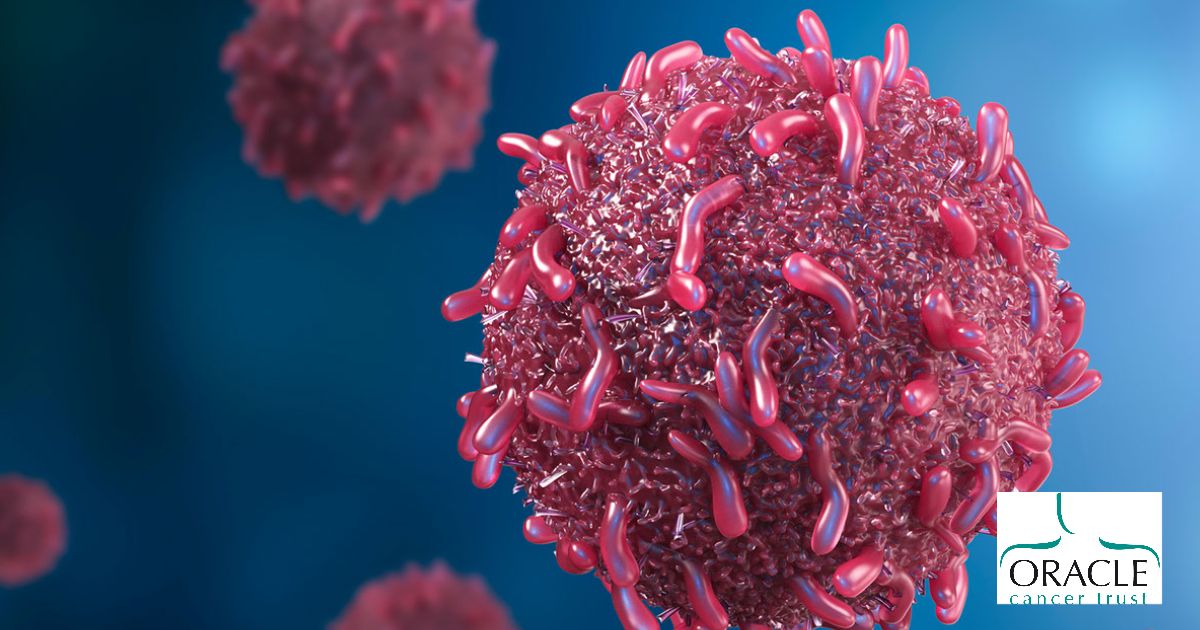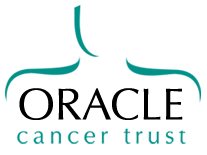MR-Linac machine reduces radiotherapy treatment time

New radiotherapy machine offers hope of reduced treatment time with impressive accuracy for head and neck cancer patients
The machine, based at The Royal Marsden Hospital in Sutton combines MRIs with X-rays to accurately detect the cancer’s location and automatically adjust the radiotherapy beam.
Head and neck cancers are notoriously tricky to treat as the tumour and the patient’s face often change shape during treatment due to the often significant weight loss.
“When I started training, we basically laid someone down on the bed, put a plastic mask on them and took some x-rays from the front and the side,” Prof Kevin Harrington, head of radiotherapy and imaging at the Institute of Cancer Research.
“We would then blast away at them every day for six or seven weeks, treating the same area irrespective of the fact that during the treatment the patient would lose up to 10 per cent of their body weight.
“Their body would shrink, the shape of the area we were radiating would shrink and as they subsided and lost weight the position of their head would slightly change and we wouldn't adjust one iota to that, we just carried on the way we were.”
In an ideal world, Prof Harrington said, scans would be done every day to create a bespoke programme overseen by a doctor, but this is extremely time and labour intensive, needing up to two hours per session.
The team of researchers at the Institute of Cancer Research, in partnership with the Royal Marsden and funded by Cancer Research UK, sought to find a middle ground between the time-consuming fully customisable method and the antiquated, inflexible approach.
This automation of the adjustment process, Prof Harrington says, can cut the treatment down from as two hours to as little as 30 minutes without any drop-off in the quality of care.
“The technique cuts out a very laborious, time-consuming step without any detriment to our ability to target the cancer, as we found it to be 99.9 per cent as good as a fully bespoke programme,”
“The failure rate of the old approach was as high as seven per cent, which means that there was a significant risk of either missing the tumour target, and therefore reducing the chance of curing the disease, or overdosing the normal organs and increasing the risk of toxicity,” Prof Harrington said.
“We believe the new approach means we maximise the opportunities to cure the cancer while minimising the risk of toxicity.”
Oracle Cancer Trust have funded two PhD students who have been working on computational models for the MR-Linac specifically for head and neck cancer patients. These studies have been running alongside Prof Harrington's main CRUK grant and we are delighted that these results are benefiting head and neck cancer patients.

